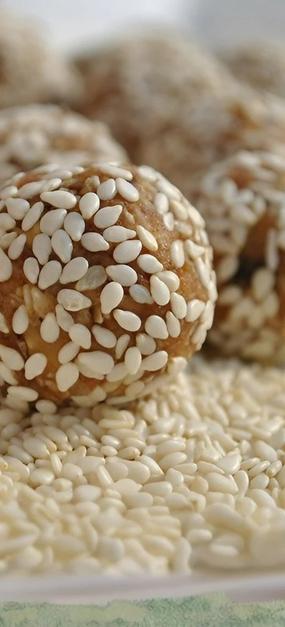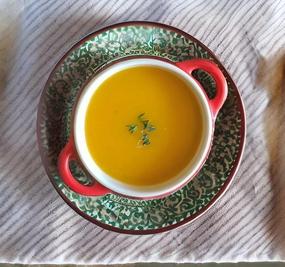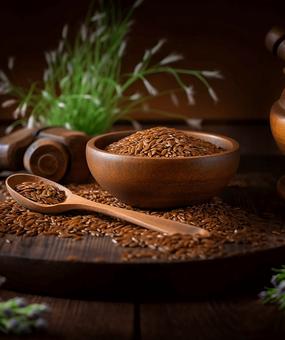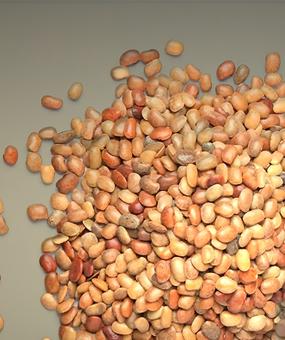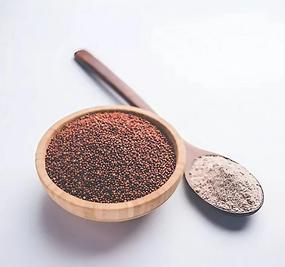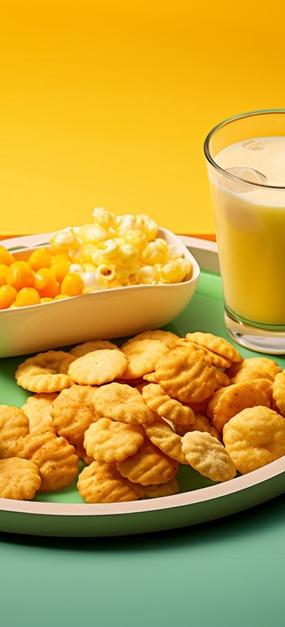A change in season, diet or even the time of the day can create a change in your system.
Our bodies are sensitive to these changes, and react according to our prakriti (nature). According to Ayurveda, we are made up of five elements and three doshas (the bio-dynamic forces) – vata, pitta, and kapha. When these three doshas are in balance, all is well. Physically, we feel fit. We’re on top of the world and at peace in our minds. However if there is an imbalance in the three doshas, our systems could get tossed around quite a bit.
Signs of vata imbalance:
- Restlessness
- Anxiety
- Fatigue
- Dizziness
- Sleeplessness
In case of these, you can incorporate vata pacifying Ayurvedic recipes in your diet. Vata is adversely affected by cold conditions. To help balance it, warm and cooked food should be included in your vata recipes.
Protips:
- Avoid raw food.
- Very heavy food can also lead to vata imbalance.
- Sweet, sour and salty food help balance your vata dosha when eaten in moderation.
- Try some ayurvedic recipes as a ‘starter’ to balance your vata.
Vata balancing recipes:
Mix Veggie Salad
Ingredients:
- Sweet potato
- Carrot
- Coconut
- Salt to taste
- Oil
How to prepare:
- Steam or boil the sweet potato
- Blanch (boil, and then, cool) the carrots
- Mix the vegetables
- Sprinkle some grated coconut over it
- Add salt to taste
- Drizzle some oil on the mixture
- Toss and serve
Suggestions:
- In general, it will be best to cook the vegetables.
- You can also pick from this choice of vegetables for the salad – beets, cabbage, cauliflower, cucumber, green beans, lettuce, mustard greens, okra, peas, potatoes, sweet pumpkin, radish, spinach, berries, cherries, fresh dates and figs. It will add color and flavor to your vata recipe.
- As part of the salad dressing, you may choose from among these – lemon juice, chili powder, hing (asafetida) powder, rock salt, sugar/jaggery and til (sesame seed) oil.
Butternut Squash Soup
Ingredients:
- 1 medium butternut squash, peeled, seeded, and cut into 1-inch pieces
- 1 cup red pumpkin peeled, seeded, and cut into 1-inch pieces
- 1-inch piece fresh ginger, washed and finely chopped
- 1 teaspoon (tsp.) cinnamon
- ¼ tsp. clove
- 1 tsp. cumin
- ½ tsp. turmeric
- 3 cups water and 1 cup coconut milk or 1 cup of each, half-and-half
- Salt and pepper to taste
- Nutmeg for garnish
- 2 tbsp. ghee
How to prepare:
- Boil or steam the butternut squash and pumpkin.
- Now, add the water or coconut milk and mix. Keep aside.
- Warm the ghee. Add the cumin, ginger, turmeric powder, clove, and cinnamon in it, till an enticing aroma fills the room.
- Add the spices to the original mix.
- Mash the mixture with a masher.
- Garnish with nutmeg.
- Serve hot.
Khichdi (rice and lentils mix)
Ingredients:
- ¾ cup unpolished red rice/brown rice
- ½ cup split moong dal (green gram lentils)
For sauté and garnish
- 1 tsp. cumins
- ¼ tsp. turmeric
- 2 tbsp. coriander
- 1 tsp. cinnamon
- A few curry leaves
- Black pepper
- Rock salt
- ½ tbsp. ghee
How to prepare:
- For one portion of rice and moong, add 3-4 times as much water and cook on low heat.
- If required, add more water while cooking. Turn off the heat.
- Add the sauté mix and salt to taste.
- Add ghee.
Suggestions:
- Khichadi, prepared with old rice and split moong dal, is beneficial for fevers or stomach ailments.
- It is advisable to eat it with ghee or butter throughout pregnancy.
- A variation can be done with basmati rice if you have very low digestive fire.
- Red rice contains iron and zinc in the husk. Black and purple rice contain high protein, fat, and basic fiber. These are beneficial in tissue weakness, caused by vata imbalance. So, ensure that you include these nourishing and building foods in your vata balancing recipes.
Makke Ki Roti-Sarson Ka Saag
Makki ki roti (corn flour flat bread)
Ingredients:
- 2 cups yellow corn flour
- Salt to taste
- Ghee
- Warm water
How to prepare:
- Knead the corn flour with a little salt and warm water.
- Make balls of the dough.
- Pat the balls with water with the palm of your hand to make rotis (flat bread). Use a butter paper as your platform.
- Make the roti slightly thicker than the normal roti.
- Transfer the roti to a hot pan and cook on low heat; flip to the other side till both sides are roasted.
- Apply some ghee to enhance the taste.
- Serve with sarson ka saag.
Sarson Ka Saag (mustard greens and spices dish)
Ingredients:
- 1 kg mustard greens, chopped finely
- ¼ kg spinach, chopped finely
- A small piece of ginger, minced
- 2 green chilies, minced
- 2 red chilies
- 2 tbsp. corn flour, sieved
- Ghee
- Salt to taste
How to prepare:
- Boil the mustard greens and spinach till it becomes soft.
- Add a pinch of salt and chopped green chilies while boiling.
- Remove the excess water and mash the leafy vegetables well. Keep aside.
- Warm the ghee and add ginger, green chilies, and broken red chilies till they become slightly brown.
- Add it to the mashed greens with a little salt, and stir.
- Mix the corn flour in a little water and add to the mixture.
- Allow it to simmer for about 30 minutes.
- Serve hot with Makki ki roti.
Carrot Halwa (carrot pudding)
Ingredients:
- ¼ tsp cinnamon
- 2 tbsp. ghee
- 4 cups milk
- ¼ cup brown sugar, dates, or jaggery
- A few raisins
- 1 pinch of saffron
How to prepare:
- Peel and grate the carrots and cook.
- Add milk to the pan and boil the mixture, until the milk is absorbed in the carrot.
- Add brown sugar, raisins and saffron.
- Fry for about 15 minutes.
- Fry the crushed cinnamon seeds in ghee in a pan for about 30 seconds.
- Serve hot.
These vata pacifying recipes can help you stabilize the cold and dry feeling caused by the imbalance. Some Ayurvedic therapies may also help you balance vata dosha.
Ayurveda helps you understand your body type and how to prevent and eliminate diseases. This is done through managing your diet and lifestyle according to your constitution. You can learn more through the wellness program, Ayur Jagruti, or enroll in an Ayurvedic cooking course.
For any enquire about Ayurvedic cooking courses, write to us: ayurvediccooking@vvmvp.org.
For any enquire about the Ayur Jagruti program, write to us: ayurjagruti@vvki.org.
Based on inputs from Dr. Sharika Menon, Ayurvaidya



